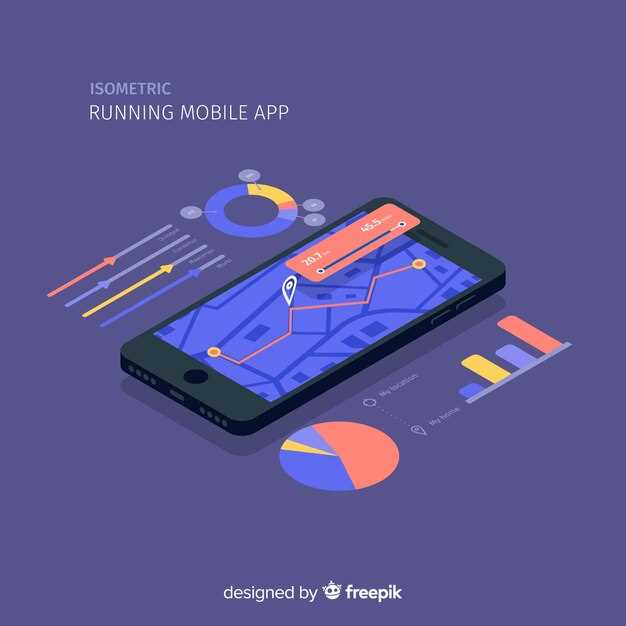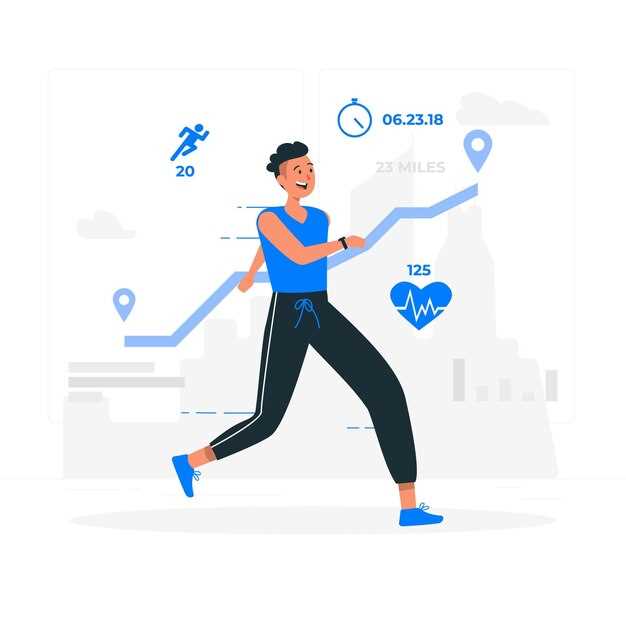
Using GPS in Track Performance Analysis
- George Harris
- 0
- Posted on

In recent years, the integration of GPS technology into sports science has transformed the way athletes and coaches assess performance on the track. This innovative technology allows for real-time data collection and analysis, providing a comprehensive understanding of an athlete’s physical capabilities and efficiency. By leveraging satellite-based positioning systems, athletes can gain insights into various performance metrics such as speed, distance, and stride length.
The application of GPS tools extends beyond simple tracking; it enables detailed biomechanical analysis and strategic planning for training regimens. Coaches can utilize GPS data to tailor workouts to individual athlete’s strengths and weaknesses, ensuring optimized performance during competitions. This data-driven approach facilitates more informed decision-making, allowing for adjustments that can lead to improved race outcomes.
Moreover, GPS technology provides valuable feedback not only during training sessions but also in competitive environments. Athletes can analyze their pacing strategies, track their progress over time, and make data-informed choices that enhance their overall racing strategy. As the technology continues to evolve, its integration into athletic performance analysis will undoubtedly play a crucial role in shaping the future of sports training and competition.
Real-Time Data Collection: Tracking Speed and Pace During Workouts

Real-time data collection using GPS technology plays a crucial role in analyzing athletic performance during workouts. By leveraging GPS-enabled devices such as watches and smartphones, athletes can obtain immediate feedback on their speed and pace, providing valuable insights for performance optimization.
Speed is typically measured in kilometers per hour or miles per hour, while pace is expressed in minutes per kilometer or minutes per mile. These metrics allow athletes to monitor their intensity levels and make adjustments as needed. Real-time readings help in maintaining a desired pace, pushing limits, or recovering adequately during training sessions.
The integration of GPS technology allows for a high level of accuracy in data collection. Advances in satellite positioning mean that athletes can run or cycle in a variety of environments, including urban settings or remote trails, without losing data quality. Immediate feedback enables athletes to recognize when they are falling off pace, allowing them to make conscious adjustments mid-workout, which is vital for endurance training where maintaining a consistent pace can influence overall performance.
Furthermore, real-time tracking offers the possibility of setting customizable alerts. For instance, athletes can program their devices to notify them when they exceed a certain speed or fall below a predetermined pace. This feature ensures that workouts can be adjusted on the fly, enhancing training effectiveness and goal achievement.
In addition to individual feedback, real-time data collection can aid in group training scenarios. Coaches can utilize this data to monitor the performance of their athletes collectively, adjusting training regimens based on the real-time insights gathered during sessions. This data-driven approach fosters a more scientific training environment, enabling both athletes and coaches to fine-tune strategies based on performance metrics gathered during workouts.
Overall, real-time data collection through GPS technology equips athletes with critical information about their speed and pace, facilitating informed decisions during workouts, enhancing training efficiency, and ultimately leading to improved athletic performance.
Post-Workout Analysis: Utilizing GPS Metrics to Improve Training Regimens

Post-workout analysis is a critical component of modern athletic training, particularly when integrated with GPS technology. By capturing data during workouts, athletes can gain insights into their performance that were previously unattainable. GPS metrics offer precise measurements of distance traveled, speed, and elevation changes, which are instrumental in evaluating an athlete’s performance and tailoring training regimens.
One of the primary benefits of GPS data is its ability to provide detailed information about an athlete’s pace throughout their workout. Tracking split times allows athletes to identify sections of their training where they may struggle. For example, if an athlete consistently slows down during the latter part of a distance run, adjustments can be made to endurance training to help improve stamina and overall speed.
Another valuable aspect of GPS metrics is the analysis of heart rate data in conjunction with location information. By correlating heart rate with pace and terrain, athletes can understand how their body responds to different conditions. This understanding helps in designing workouts that push the body appropriately without risking overtraining, leading to more effective performance gains.
Elevation data can also play a significant role in post-workout analysis. By examining how an athlete performs on inclines versus flat terrain, trainers can develop specific strength training programs targeting the muscles used in these scenarios. Furthermore, athletes can monitor their progress over time, ensuring that they are making gains in areas such as hill running efficiency.
Data from GPS technology allows for the identification of trends and patterns over time. For example, examining long-term performance can help athletes recognize whether the adjustments made in their training have resulted in improved performance metrics or if further modifications are required. Consistently reviewing this data ensures that training remains aligned with an athlete’s performance goals and provides the impetus needed to push past previous limits.
Lastly, utilizing GPS metrics encourages accountability and motivation. Athletes can visualize their progress and set concrete goals based on data-driven insights. This transparency fosters a greater commitment to training and empowers athletes to take control of their development.
In conclusion, the integration of GPS technology into post-workout analysis is revolutionizing how athletes approach their training regimens. By leveraging detailed metrics, athletes can fine-tune their workouts, enhance performance, and ultimately attain their athletic goals more effectively.
Enhancing Race Strategies: How GPS Insights Influence Competitive Performance
In the realm of competitive athletics, the integration of GPS technology has revolutionized the approach to race strategy development. By collecting precise data on an athlete’s performance, GPS devices provide invaluable insights that help refine tactics and optimize training regimens.
One of the primary advantages of GPS technology is its ability to track an athlete’s speed, distance, and pace in real-time. This information allows coaches and athletes to identify strengths and weaknesses during races, enabling them to adjust strategies on the fly. For example, if data indicates that an athlete is consistently lagging in the second half of a race, targeted training can be implemented to improve endurance and stamina.
Moreover, GPS insights facilitate the analysis of racing conditions. Athletes can evaluate how various factors, such as elevation changes and terrain types, impact their performance. By understanding the dynamics of a racecourse, competitors can strategically plan their energy expenditure, choosing when to increase pace and when to conserve energy. Such tactical awareness can be crucial in races where psychological endurance plays a major role.
Additionally, the data gleaned from GPS monitoring aids in setting realistic, measurable goals. Athletes can establish key performance indicators (KPIs) based on previous race data, personalizing their training programs according to individual needs. This tailored approach not only boosts confidence but also enhances motivation, as athletes can clearly see their progress and areas needing improvement.
Lastly, collaboration between athletes and coaches is significantly improved through the use of GPS data. Shared insights foster a deeper understanding of performance metrics, allowing both parties to make informed decisions regarding strategy adjustments and training focus. This partnership strengthens the athlete-coach relationship and contributes to a more cohesive approach toward competitive performance.
In conclusion, the influence of GPS technology on race strategies is profound. By harnessing data-driven insights, athletes gain a competitive edge, enhancing their performance and elevating their racing strategies to new heights.
